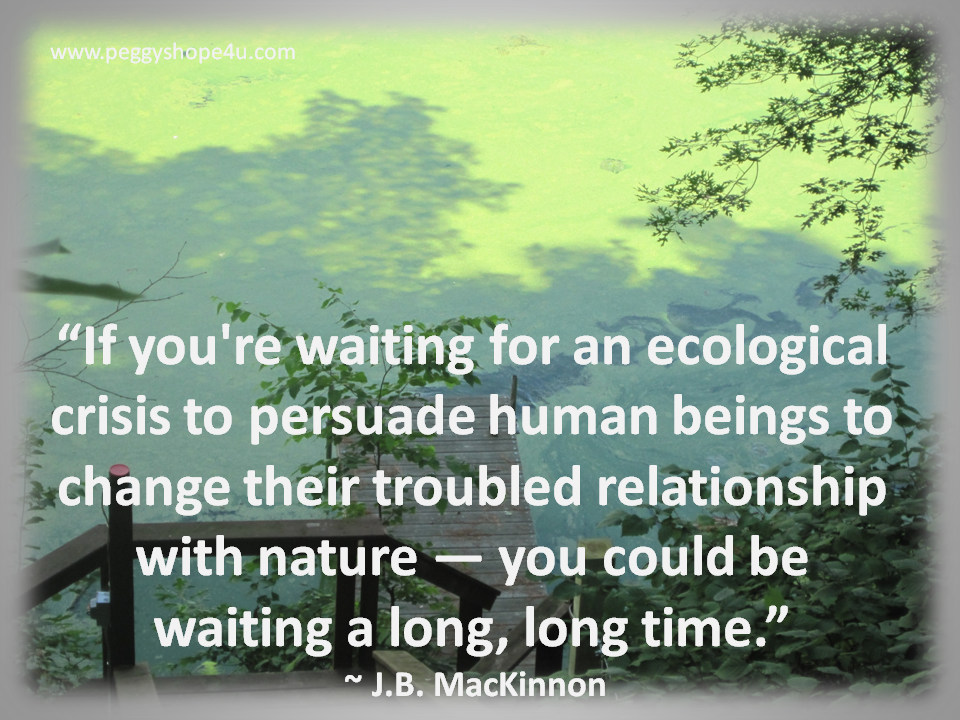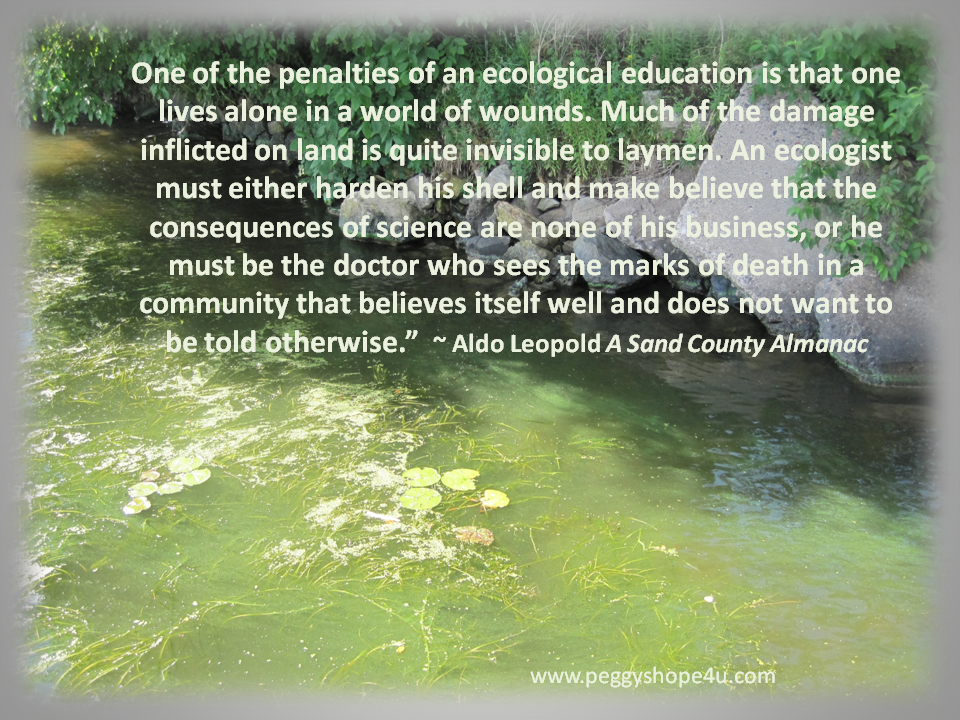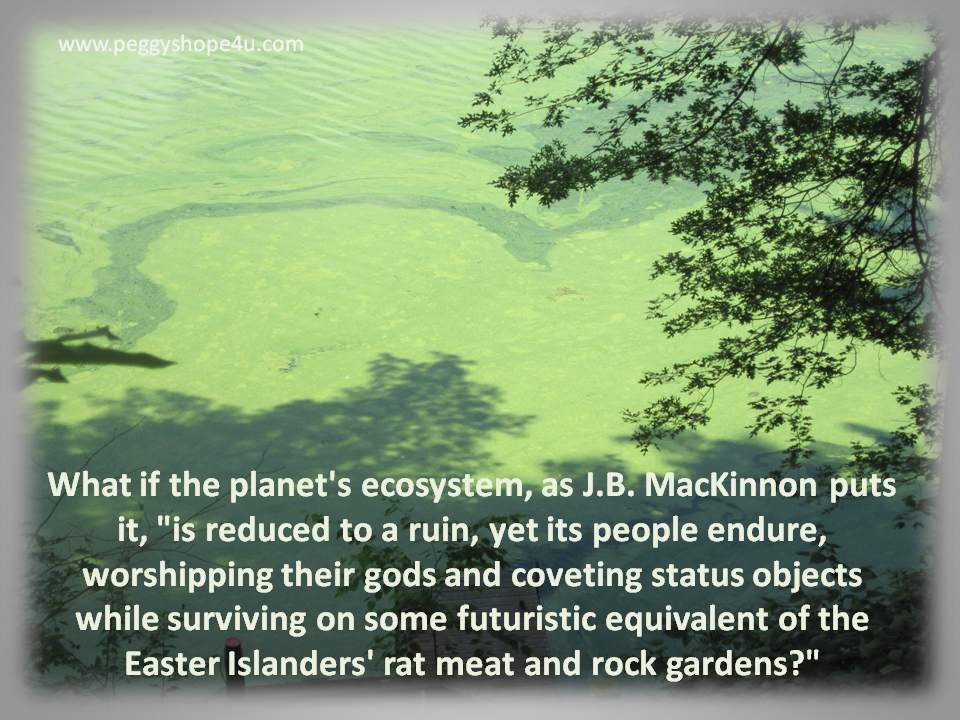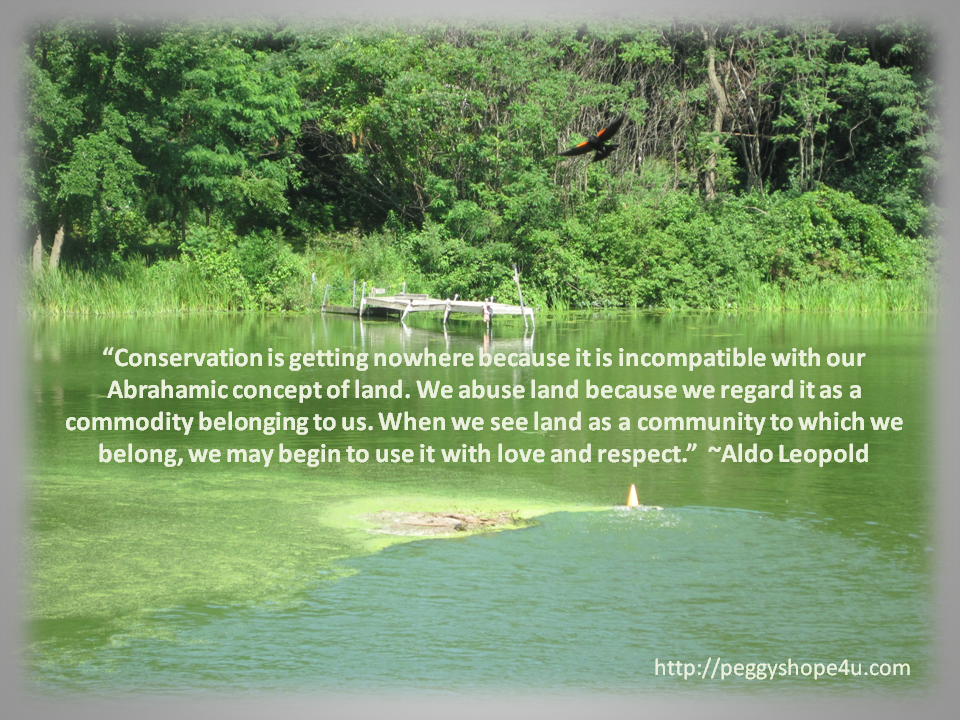Why Is The Water Green In Early June?
We hadn’t moved into our new retirement home in Wisconsin yet, but we arranged for my family and my brother’s family to come to Wisconsin to spend a weekend on the lake with us. The long weekend would be the last time my mother would see everyone together. I wanted to make the days perfect in every way. Several of them came back from a boat ride when one of my nephews asked, “Why is the water green?”
I had no idea what he meant. We were out on the boat two weeks earlier, and the water and landscapes around the lake were stunning.

Dog Days of Summer
I grew up near Lake Darling in southeastern Iowa. We knew to stay away from the lake in late August. It was because the green foam would begin to crawl its way across the waters after the extended heat of summer.
My husband and I were so excited to find a home overlooking a lake in Wisconsin for our retirement. I loved Wisconsin and anxiously awaited my first trip to Door County and the Dells. We tied our beautiful white boat to the dock, and I anticipated lazy days on the lake the following summer when my working career ended.
The kids all retreated to the yard, where they played ball and frisbee. No one wanted to go anywhere near the lake. My heart sunk, but I told myself that Mom could see more of her grandchildren if they weren’t hanging out by the lake all day.
My head was spinning. The people we talked to when we bought the place said that the water ‘turned a little green,’ but I assumed that meant in August like Lake Darling. How could there be green in the lake before the middle of June? It had only been warm for the past month or so.

An Introduction to Deadly Toxins From the Water – Why Is The Water Green?
That first summer, I suffered from asthma attacks, unlike anything I’d ever experienced. Surely it couldn’t be the simple blue-green algae in the lake! My best guess was the huge pine trees that surrounded our yard. I’d learned when I was a kid trimming the pine bushes in our yard that I was allergic to the pines. I looked like I had measles after carrying the branches to the curb for the trash men to haul away.
Time continued to float by on sunny days. We went out in the boat, but the slimy, green sludge began to cake on the side of our new boat.
Eventually, I couldn’t go out into the yard without having convulsive coughing fits.
I followed my brother’s instructions and collected a sample with iodine and an untreated sample and sent them overnight to his lab in Mississippi. Several days later, he called to tell me his lab assistant had become so ill when she opened the jars that she had to go to the ER in extreme respiratory distress.

Green Water Can Be Deadly
The blue-green algae have another name. It’s scientifically known as cyanobacteria. CBS News reported in January of 2016 that this bacterium links to Alzheimer’s and other diseases. I’d known that for nearly twelve years, as I followed Dr. Cox’s research.
We’d sold the boat ten years earlier because I became violently ill from the airborne toxins. They were released when the motor stirred up the sludge and broke apart the cyano-colonies.
Ten years before the CBS News story, I’d already read enough to know the toxins created a deadly perfume my body couldn’t tolerate. We began to purchase bottled water because we could no longer be sure the toxins weren’t leaching through the sandy soil and into our well water.
I joined the local Lake Association and began to fight in earnest to make a difference and restore healthy waters to our state and nation. When I joined Pinterest, I even devoted a page to Cyanobacteria. My efforts won recognition from the Daughters of the American Revolution. They awarded me the National Conservation Award and the Minnesota Conservation Award in 2013.
Unfortunately, the national designation did nothing to reduce the ill effects in my health.
Why Did I Stay?
I honestly believed I could make a difference. Once I retired, I spent 15-17 hours each and every day doing research, making presentations, planting buffer gardens, educating the public, contacting local, state, and federal officials. Our State Senator even made a special trip to Menomonie to try to understand what I described to him.
There are two Federal laws involved here: The Clean Air Act and The Clean Water Act.
Others have taken up the fight, and you can see some positive results. It hasn’t been nearly enough.
I’ve reached a point where I will no longer be able to live in our home. There is no way I’ll lie to buyers. I will tell them of the state of the lake. The majority of people don’t have any visible symptoms from the degraded waters. At least, they don’t have any today.
At this point, I’ll lose over 50% of my investment in our home. It was my money. I worked hard for my entire adult life, and the house won’t carry nearly the value I thought it had when I purchased the property. No, it won’t even come close.

Chicks and Ducks and Geese better scurry…
Wildlife can carry the cyanobacteria to a clean lake just as easily as boat trailers can infest a lake. This dilemma is prevalent in Iowa, Minnesota, Wisconsin, Kansas and beyond. We see it on our Great Lakes now and in the beautiful lakes and streams in our Pacific Northwest.
The degradation of our waters is your problem as much as it is mine.
How many people who have Alzheimer’s swam in a lake with cyanobacteria when they were young? Also, how many squirrels lie dead at the bottom of these polluted lakes because they can’t find water anywhere else?
Have you read the stories about the dogs or cattle which have died because they came in contact with the water?
I nearly jumped out of the neighbor’s boat a few summers ago when we were taking the state representatives and senators on a tour of the polluted waters. Why would I do that? I saw a teenager throw a stick out into the lake with his beautiful black lab taking a leap from the dock to retrieve it.
It didn’t matter that I was horribly embarrassed as I asked the boat owner if he could pull up to the dock so I could ask the young man to please give his dog an immediate bath and to keep him out of the water in the future.
What mattered was one beautiful young dog who didn’t deserve to die a horrible death from the green slime.
What can you do?
There’s another story I’d like you to read, “What Happened on Easter Island.” Our water isn’t the only resource at risk.
As Americans, we can still do something to save the beautiful places we love to visit when the work-week is complete.
- Check out my Pinterest page
- Plant buffer gardens
- Reduce or eliminate phosphorus and nitrogen on your yard
- Pick up dog feces
- Rake up the leaves and dispose of them somewhere other than the lake
- Clean your boat if you visit a different lake (And your trailer)
- Report invasive species
- Make sure your septic system is operating correctly and pump it every two years.
Don’t do it for future generations. Do it for all of us!
.